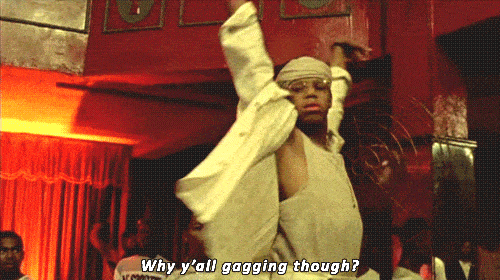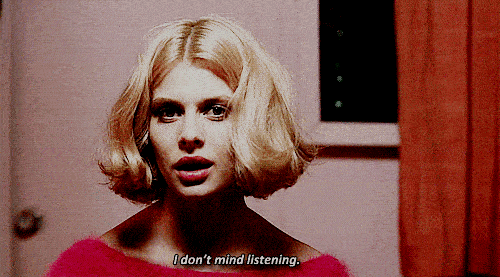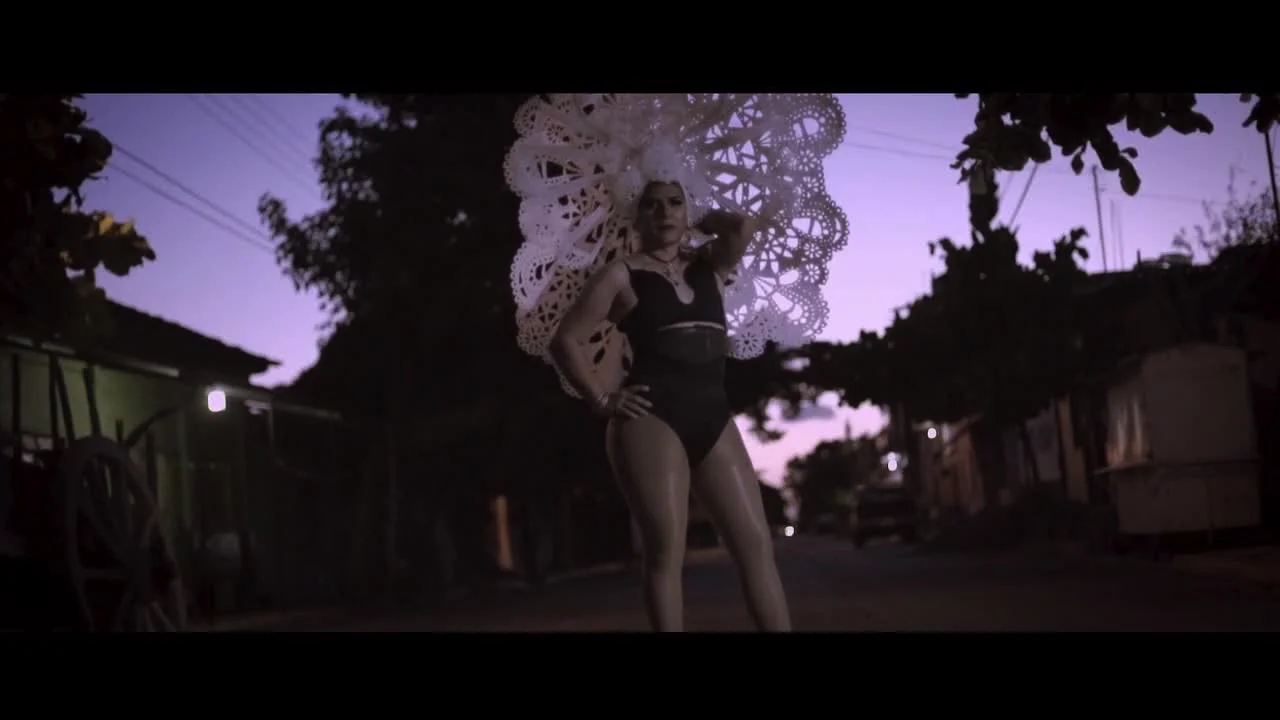Jennie Livingston
In Paris is Burning, we dive head first into the 1980s New York ballroom scene. Queens strut, vogue and perform on a runaway, showcasing a plethora of categorised looks, all which fall in several areas of the gender and sexuality spectrum. Finally, they are judged, and the big question is, was their performance legend-worthy?
“It’s like crossing into the looking glass in Wonderland,” the ballrooms provided a safe-space for the LGBTQ community who found little freedom on the street. Especially during a decade, when the public stigmatised HIV+ patients, and used it as propaganda to encourage homophobia.
The opportunities for the community were little in the real world, and smaller for those of colour. Fame and fortune is what they desired, but even to this day, the quantity of queer people of colour in the celebrity industry are numbered. Therefore, they frequented ballrooms to escape to a utopia where they can give themselves the illusion of success, and equally, be praised for it.
Livingston portrays several aspects of the culture, covering a range of subjects on the spectrum of age, gender, sexuality and race. Many of the stars of the show only hope to leave a trace of their name behind in history, a wish Paris is Burning has indefinitely fulfilled.
Paris Is Burning
director JENNIE LIVINGSTON
year 1990
director of photography PAUL GIBSON
cast DORIAN COREY, PEPPER LABEIJA, VENUS XTRAVAGANZA, OCTAVIA ST. LAURENT and WILLI NINJA
words PRIYESH PATEL
What to read next









